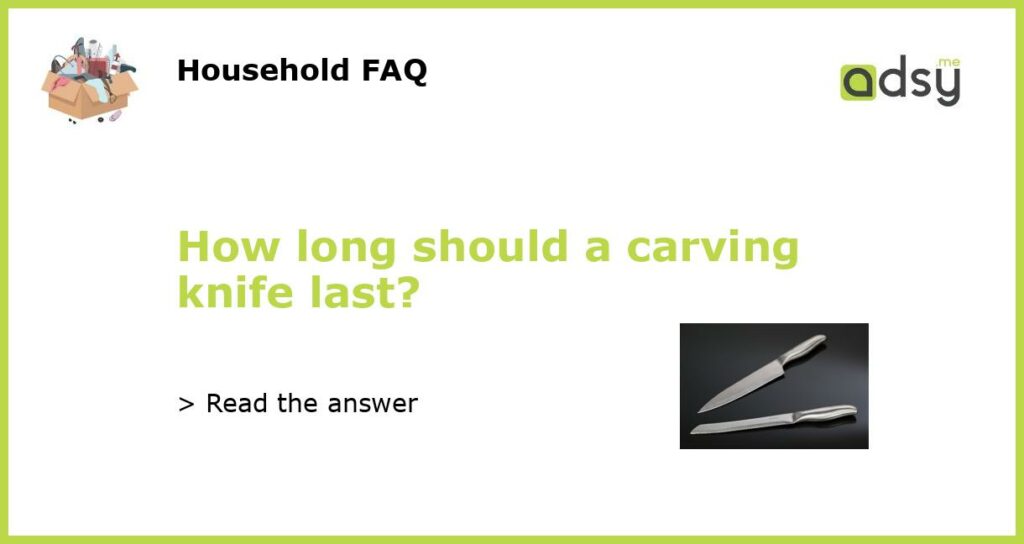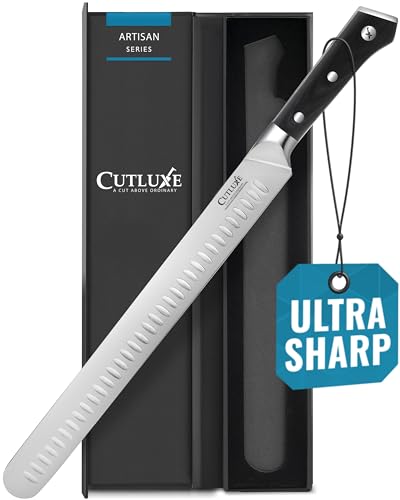Understanding the Lifespan of a Carving Knife
A carving knife is a kitchen essential that is used for precision cutting of meat, poultry, and fish. It is designed with a long and sharp blade that can easily penetrate the toughest and thickest of meats. But unlike other kitchen tools that need replacing after a few uses, a carving knife is made to last. In this article, we will discuss how long a carving knife should last and factors that affect its durability.
The Ideal Lifespan of Carving Knives
The lifespan of a carving knife depends on the quality of the materials and the frequency of use. Ideally, a good quality carving knife should last for at least 10 years with proper care and maintenance. However, some well-made knives can last for decades with regular sharpening and honing.
Factors That Affect the Lifespan of a Carving Knife
Several factors can impact the longevity of a carving knife. These include:
- Material Quality – The quality of the blade and handle materials can significantly impact the knife’s lifespan. High-quality materials like stainless steel and hardwood handles are more durable and long-lasting.
- Maintenance – Proper maintenance, such as regular sharpening and honing, can extend the lifespan of your carving knife. Additionally, keeping the blade dry and storing it in a knife block or magnetic strip can also help prevent premature damage.
- Frequency of Use – The more often you use your carving knife, the shorter its lifespan will be. Avoid using your knife on hard surfaces, such as ceramic plates, as it can cause wear and tear on the blade, reducing its sharpness over time.
- Cleaning Habits – Proper cleaning habits can also contribute to the longevity of your carving knife. Avoid dishwashers, and instead, hand wash your knife and dry it immediately after use.
- Storage – Storing your carving knife in a safe place away from other utensils can prevent accidental damage and help maintain its sharpness. Consider investing in a knife block, magnetic strip or blade cover to protect your knife’s blade from damage.
When to Replace Your Carving Knife
If the blade of your carving knife has visible cracks or chips, it is time to replace it. A dull blade or one that requires constant sharpening is also an indication that you need a new knife. Additionally, if the knife is uncomfortable to hold or has a loose handle, it may be time to invest in a new carving knife.
A good-quality carving knife should last for at least a decade, but several factors can impact its lifespan. Proper care, maintenance, cleaning habits, and storage can significantly extend the life of your knife. Above all, always use your carving knife for its intended purpose and avoid using it on hard surfaces or non-food items. Remember, a knife is only as good as its upkeep, so take care of it, and it will take care of you.






